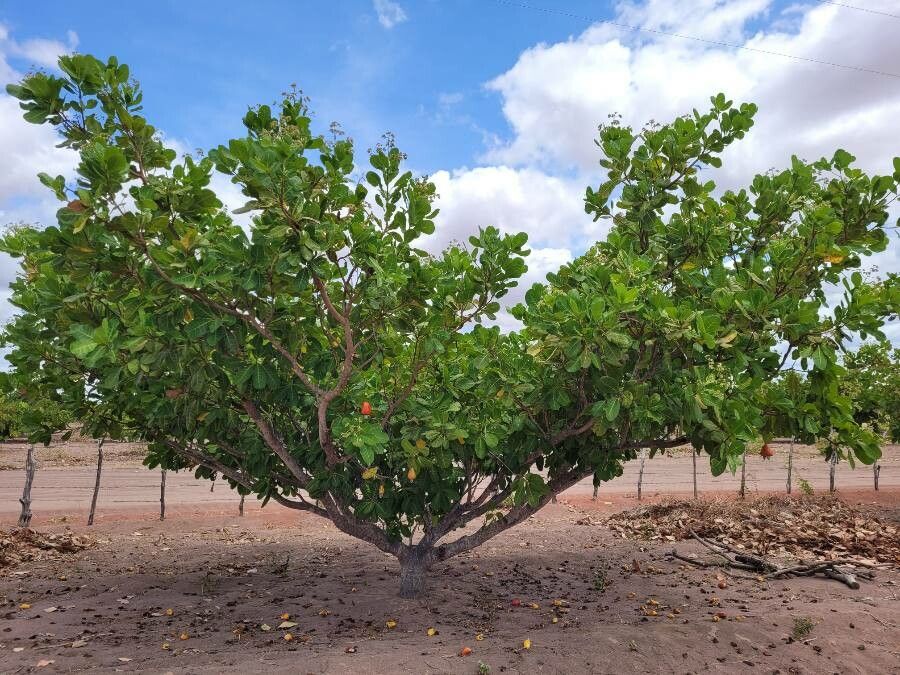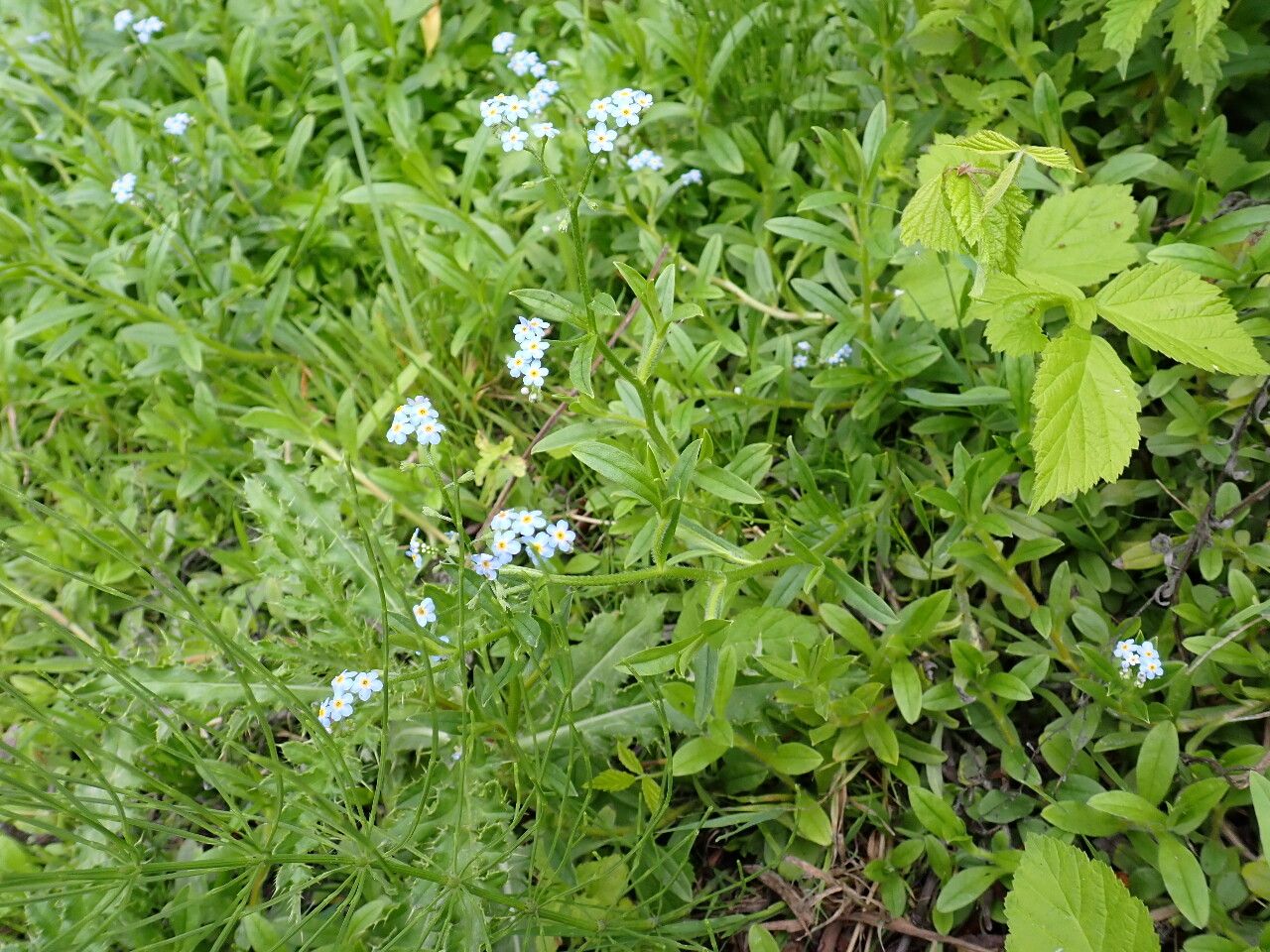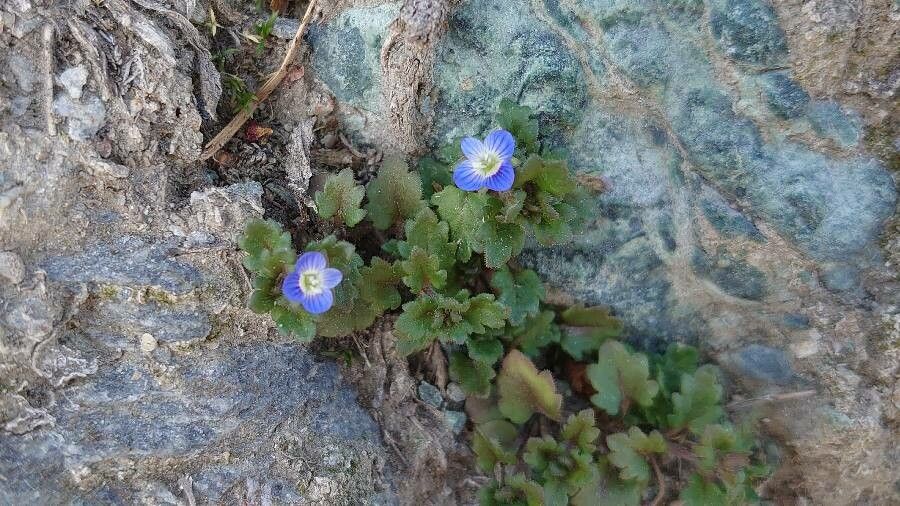# The Cashew: From Nut to Tree – A Comprehensive Guide
The cashew ( *Anacardium occidentale*), a member of the Anacardiaceae family, is more than just a delicious snack; it's a fascinating tropical evergreen tree with a rich history and unique characteristics. This guide delves into the world of cashews, covering everything from cultivation and care to harvesting and the intriguing aspects of this remarkable plant.
### Habitat and Growth
Native to northeastern Brazil, cashew trees thrive in warm, tropical climates. They prefer well-drained sandy or sandy-loam soils, and a location with plenty of sunlight is crucial for optimal growth and nut production. Cashew trees are relatively drought-tolerant once established, but regular watering, especially during the growing season, promotes healthy growth and abundant harvests. They can tolerate slightly acidic to slightly alkaline soil conditions (pH 5.5-7.5).
### Planting and Propagation
Cashew trees are typically propagated from seeds, though grafting is also used to maintain desirable traits. Seeds should be sown immediately after harvesting, as their viability decreases quickly. The ideal time for planting is during the rainy season or when adequate moisture is available. Germination generally takes several weeks to a few months, depending on conditions.
### Care and Maintenance
Regular pruning is important to maintain the tree's shape, remove dead or diseased branches, and promote better airflow, reducing the risk of fungal diseases. Fertilization with a balanced fertilizer can also enhance growth and nut production. While cashew trees are relatively pest-resistant, monitoring for common pests and diseases is advisable. Prompt treatment can prevent significant damage.
### Harvesting
Cashew nuts mature over several months. The cashew apple, a pseudo-fruit, ripens first, followed by the cashew nut, which develops within a kidney-shaped shell. The mature cashew apples are harvested and often used to make juices, jams, and wines. The cashew nuts, still enclosed in their shells, are carefully collected, and the shells, containing urushiol (an irritant), are processed to remove the nuts. This process requires specialized equipment and safety precautions.
### Culinary Uses and Beyond
Beyond their delicious taste, cashew nuts are a nutritious source of protein, healthy fats, and essential minerals. They are a staple ingredient in countless cuisines worldwide, used in everything from desserts to savory dishes. The cashew apple also finds culinary applications, particularly in the form of juices, jams, and alcoholic beverages. Moreover, cashew shell liquid (CSL), extracted from the shells, has industrial applications, including in paints, varnishes, and resins.
### Challenges and Considerations
Cashew cultivation can face challenges, including susceptibility to certain diseases and pests, and the necessity of careful handling due to the allergenic potential of the shell liquid. Understanding these challenges and implementing appropriate management strategies are essential for successful cashew cultivation.
Growing cashew trees is a rewarding experience, offering a bountiful harvest of delicious nuts and intriguing fruits. With proper care and attention, you can enjoy the fruits (and nuts!) of your labor for many years to come.
Cashew Tree: Growing, Care & Harvesting Guide

Frequently Asked Questions
How to grow a cashew tree from seed?
Plant fresh cashew seeds immediately after harvesting in well-drained, sandy soil. Keep the soil moist but not waterlogged. Germination may take several weeks to months.
What kind of soil does a cashew tree need?
Cashew trees prefer well-drained sandy or sandy-loam soil with a slightly acidic to slightly alkaline pH (5.5-7.5). Avoid heavy clay soils that retain too much moisture.


